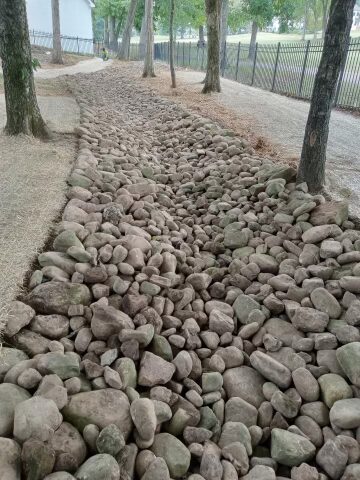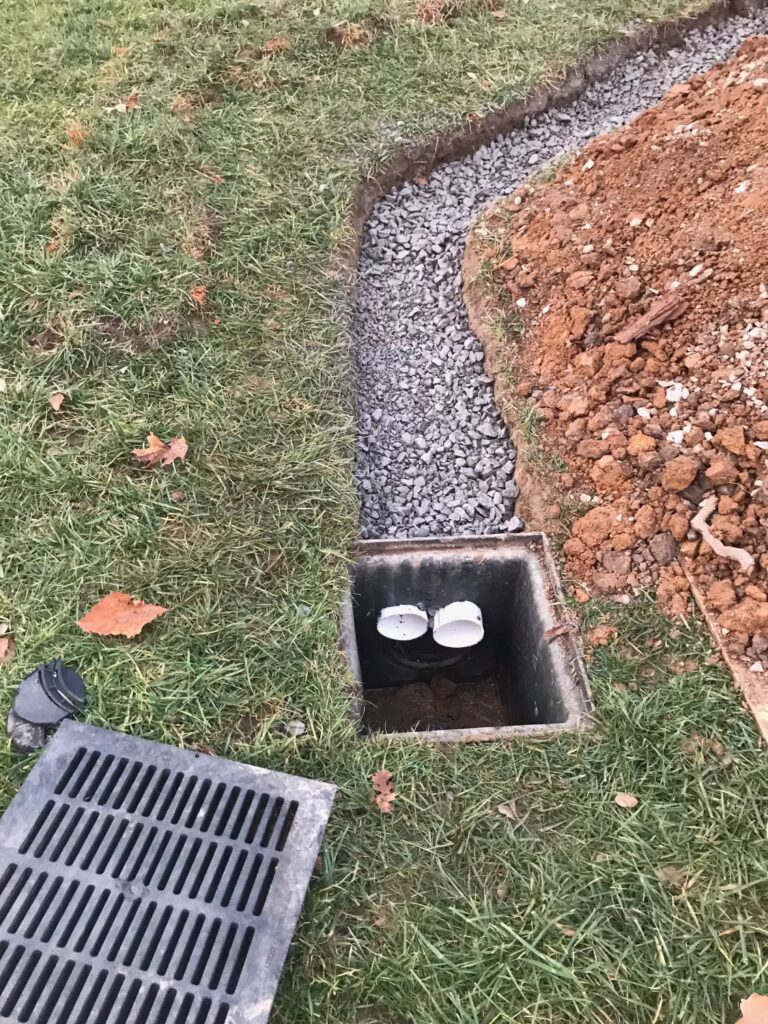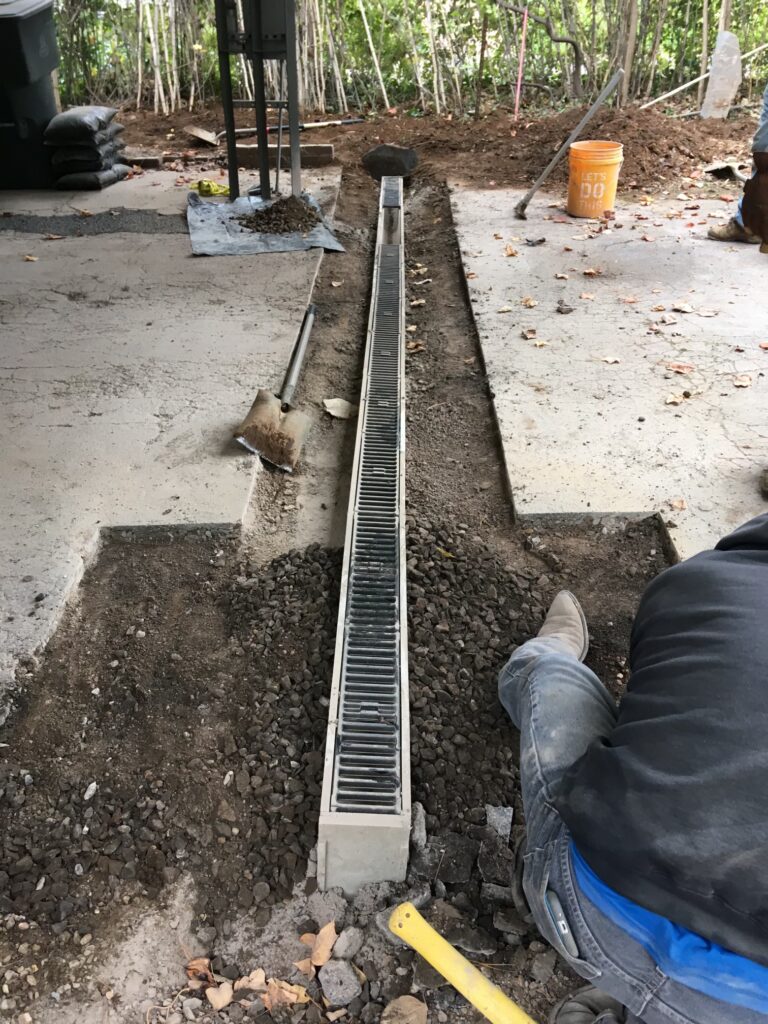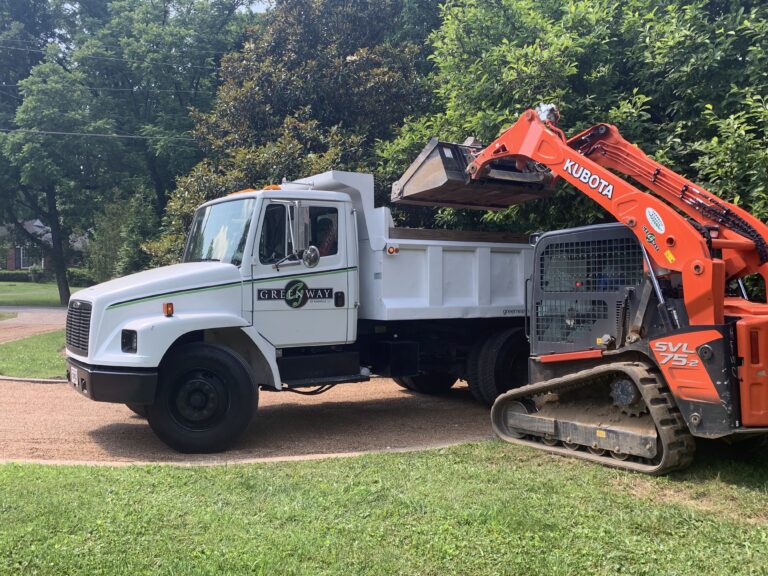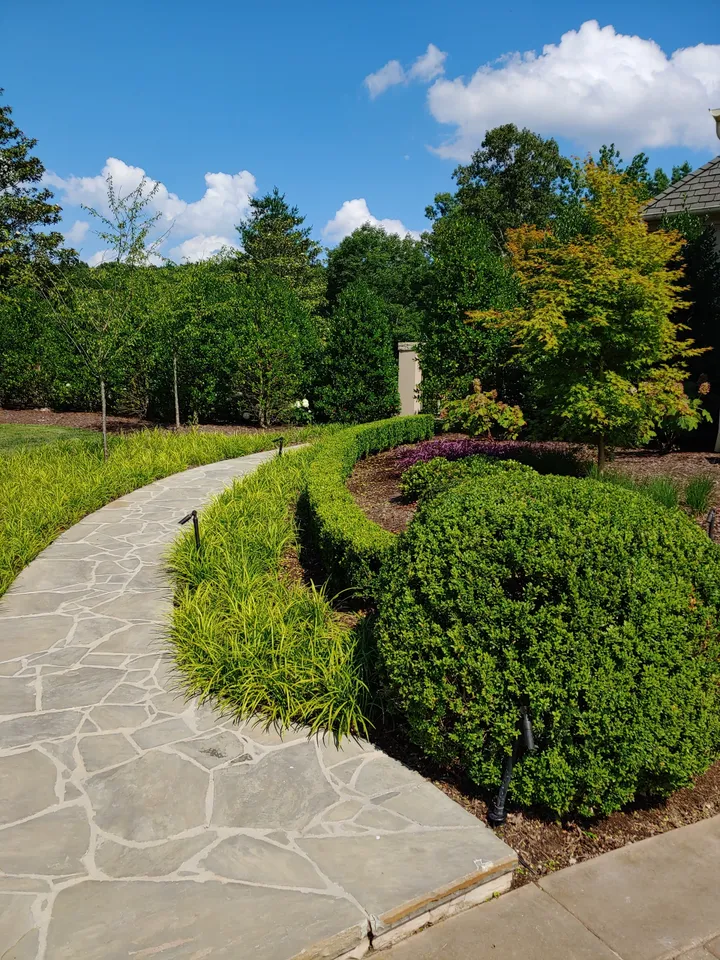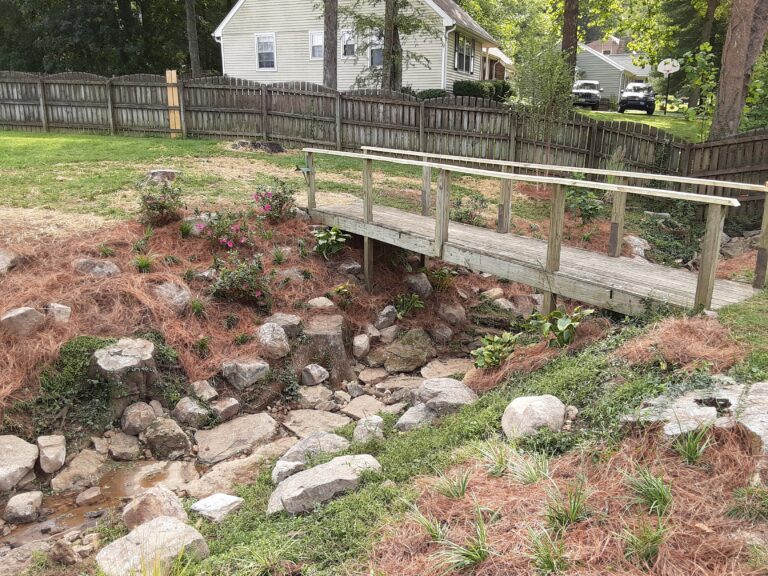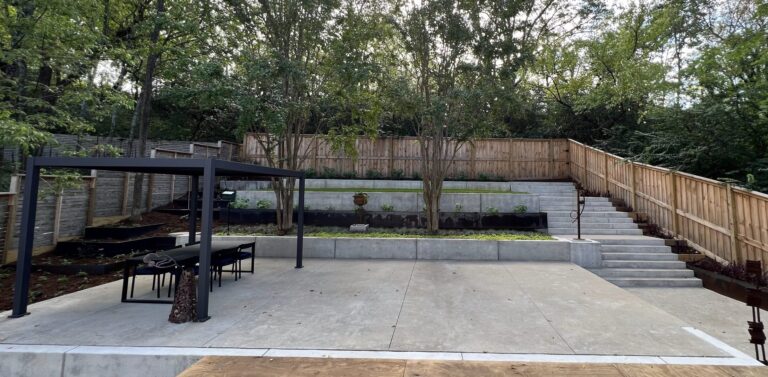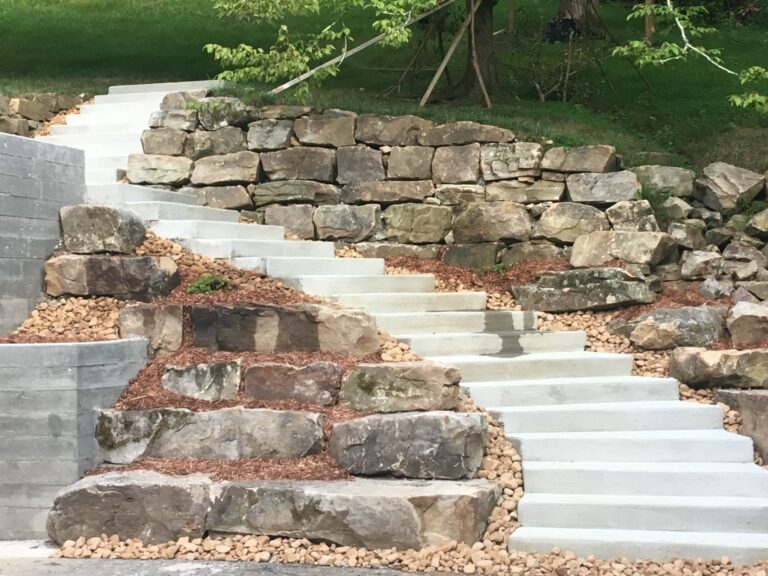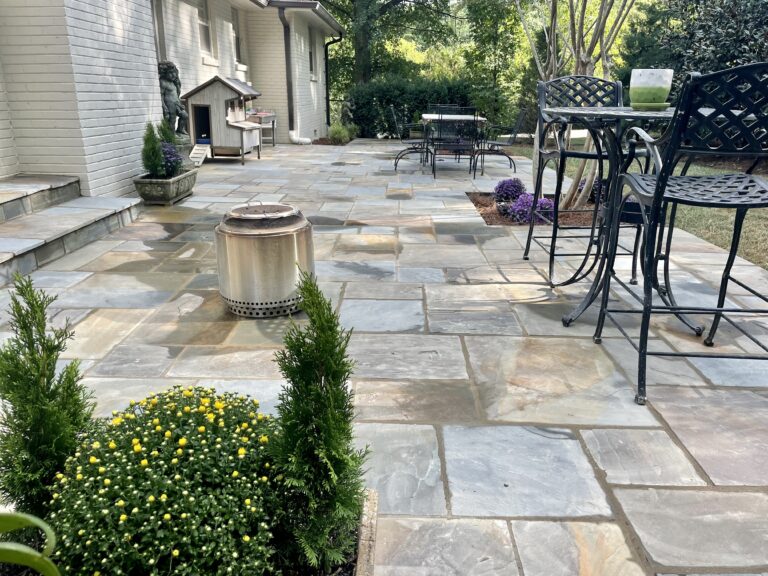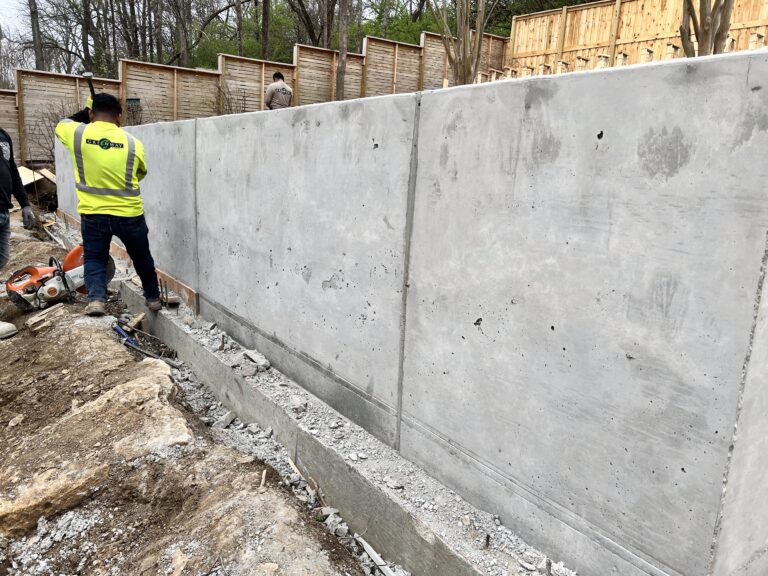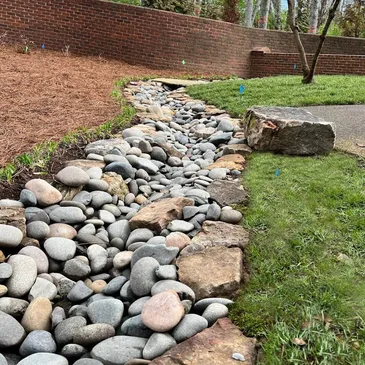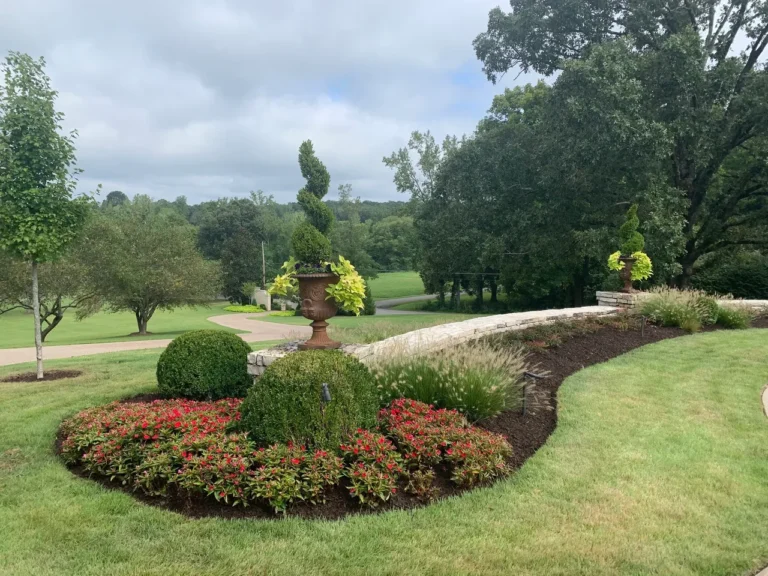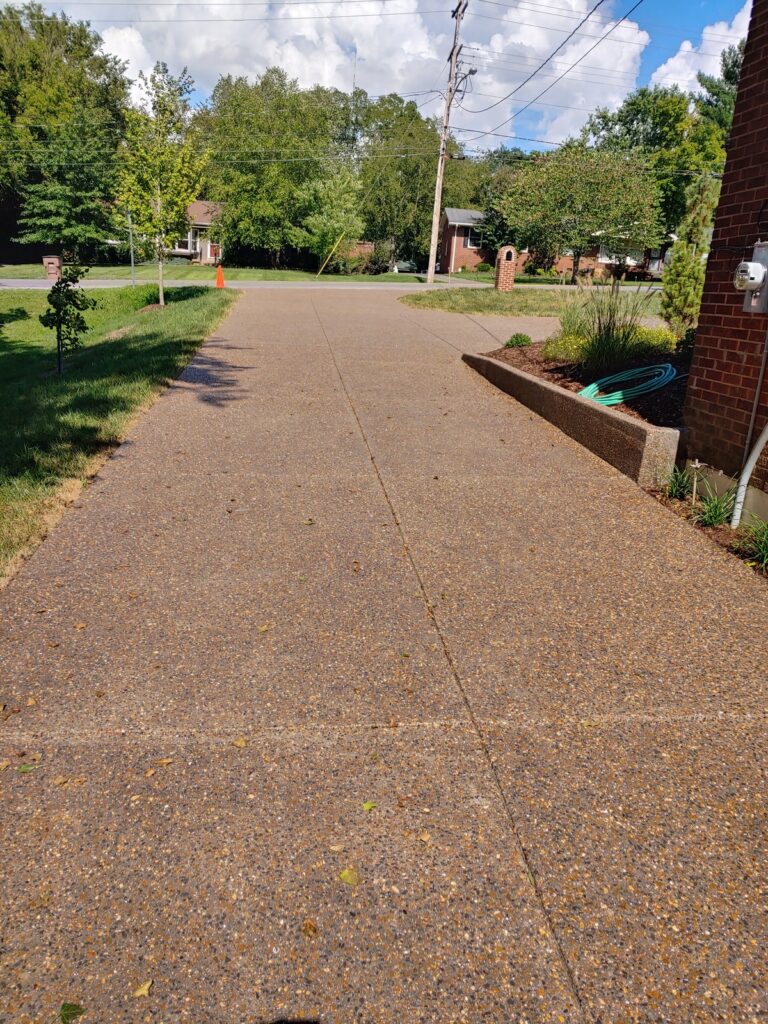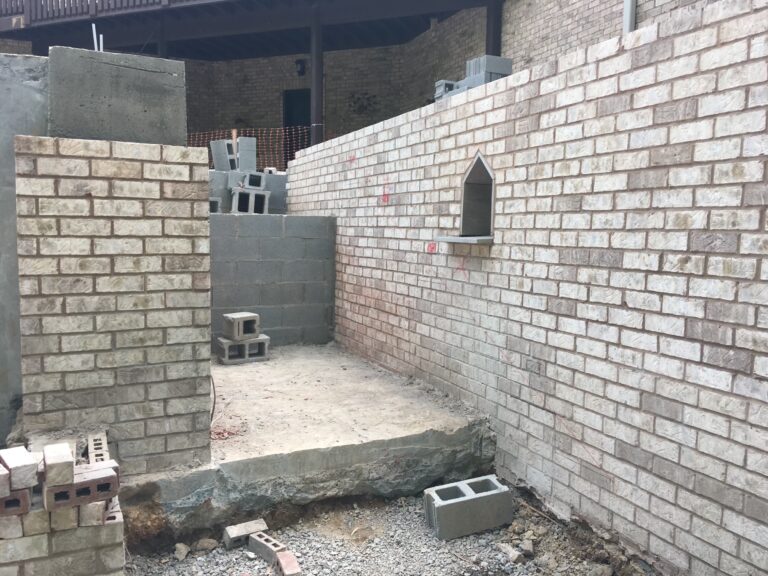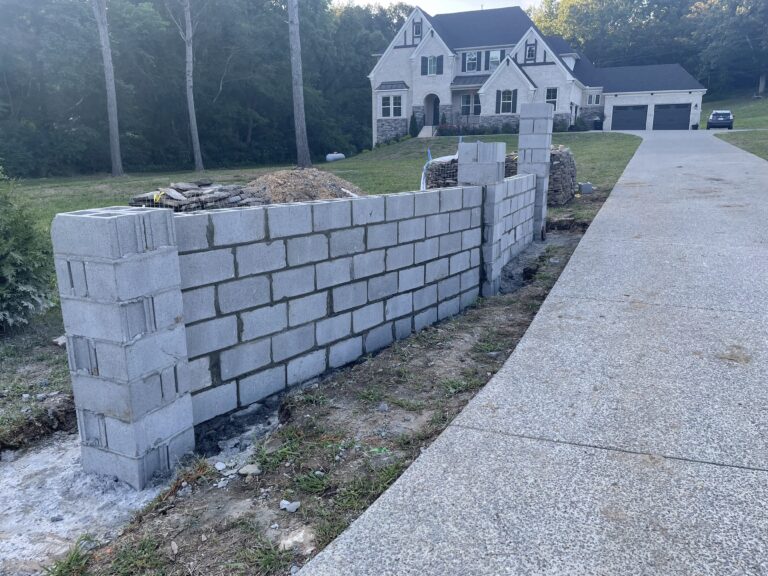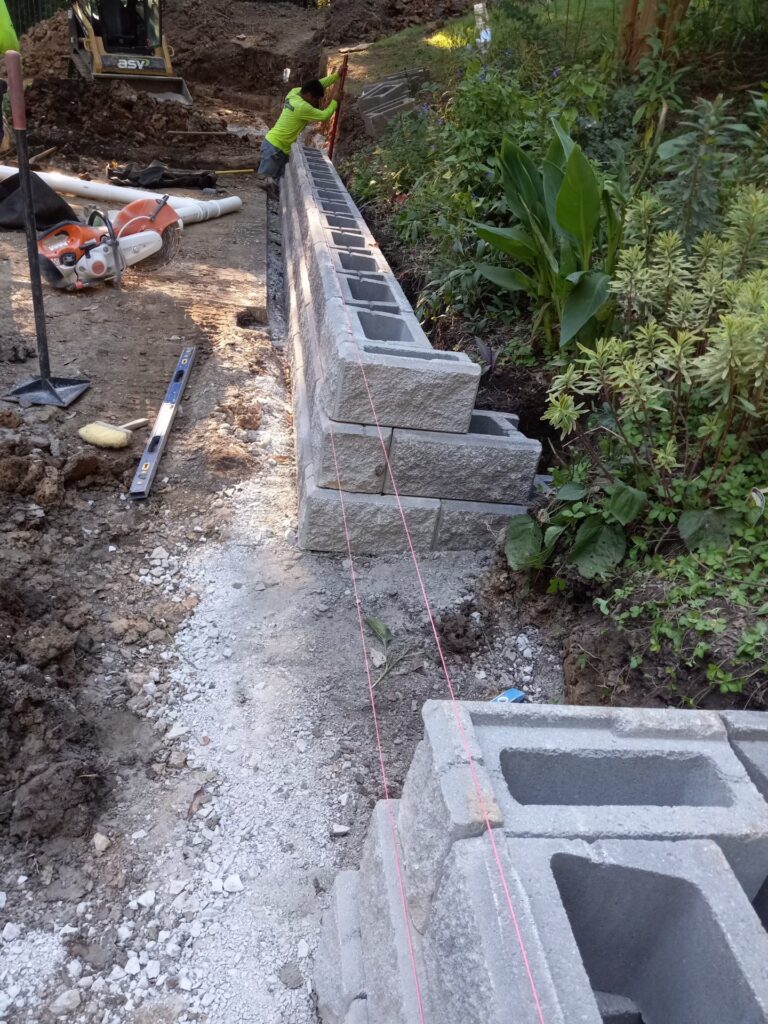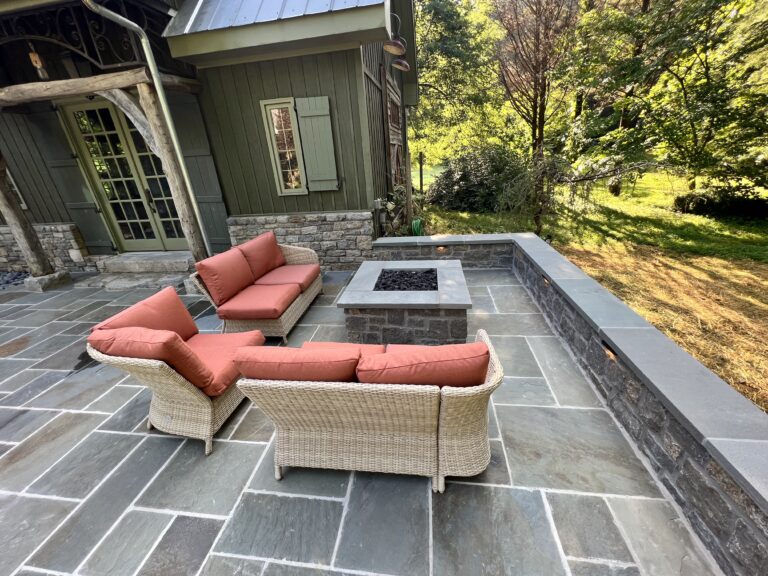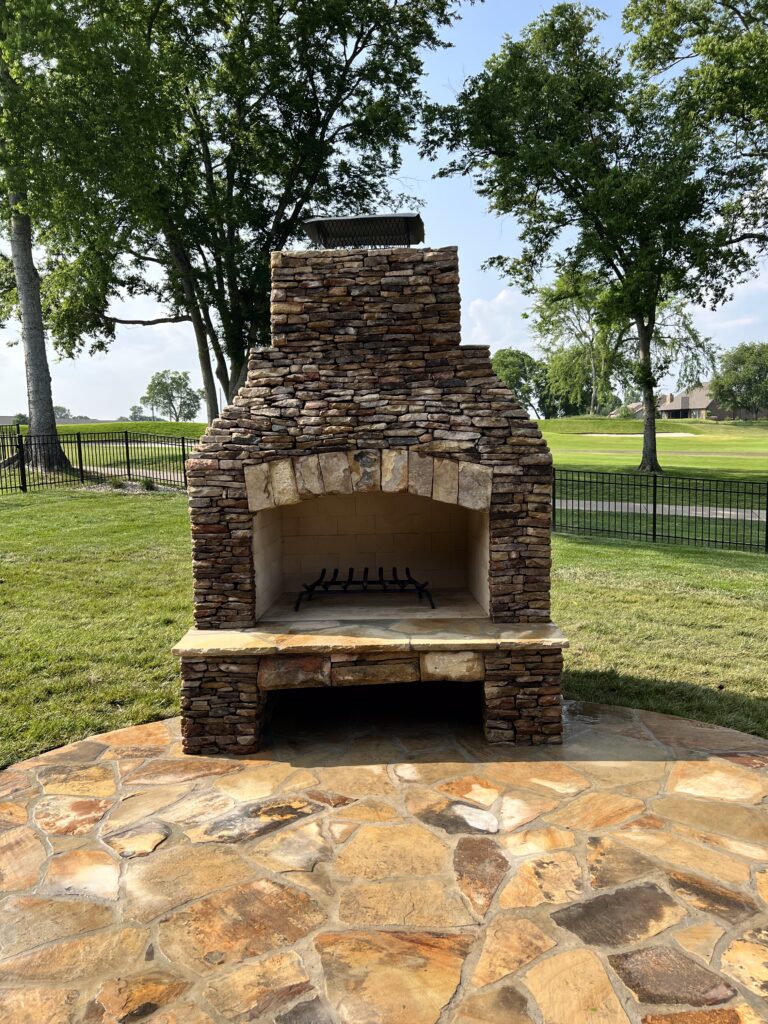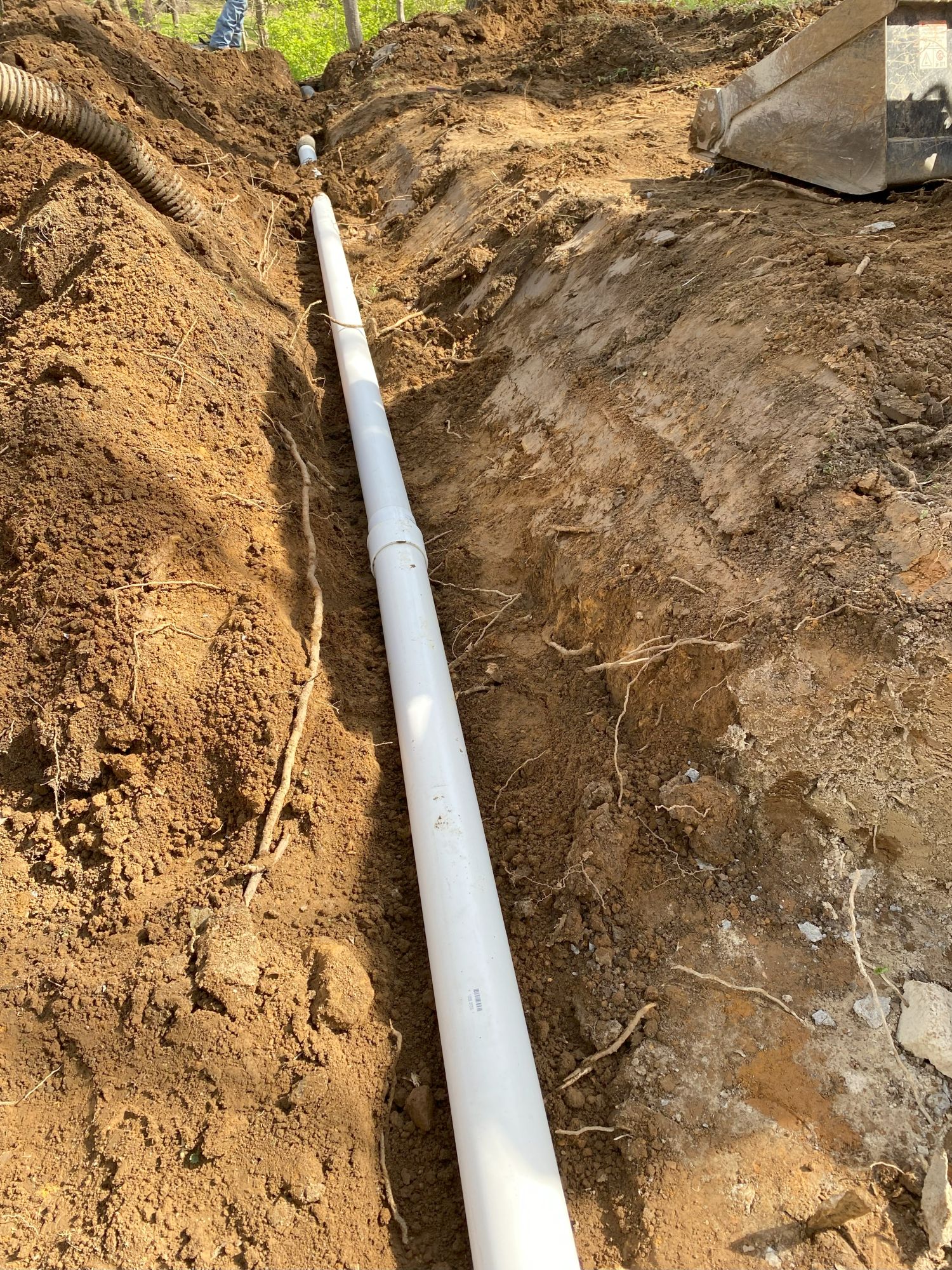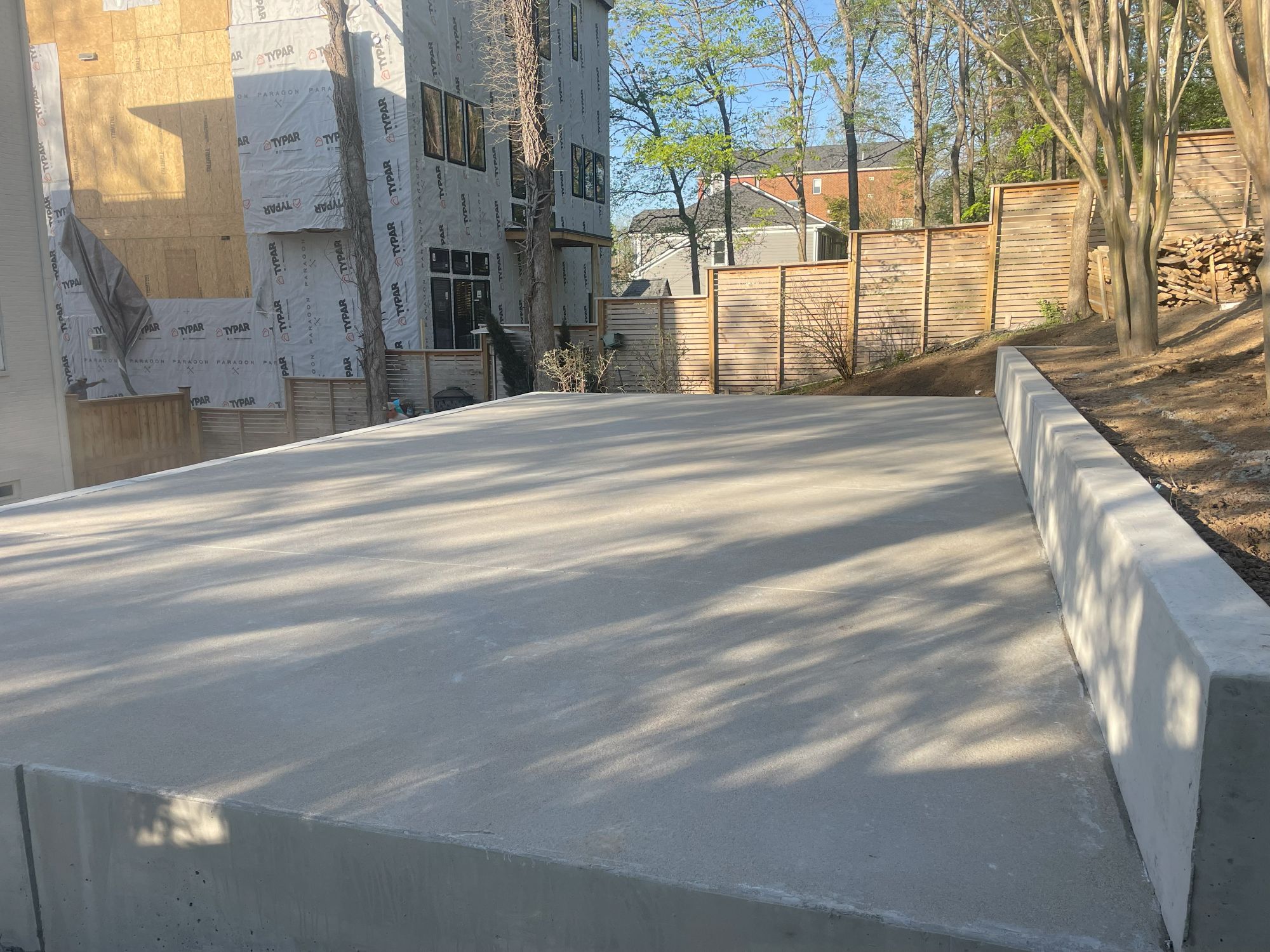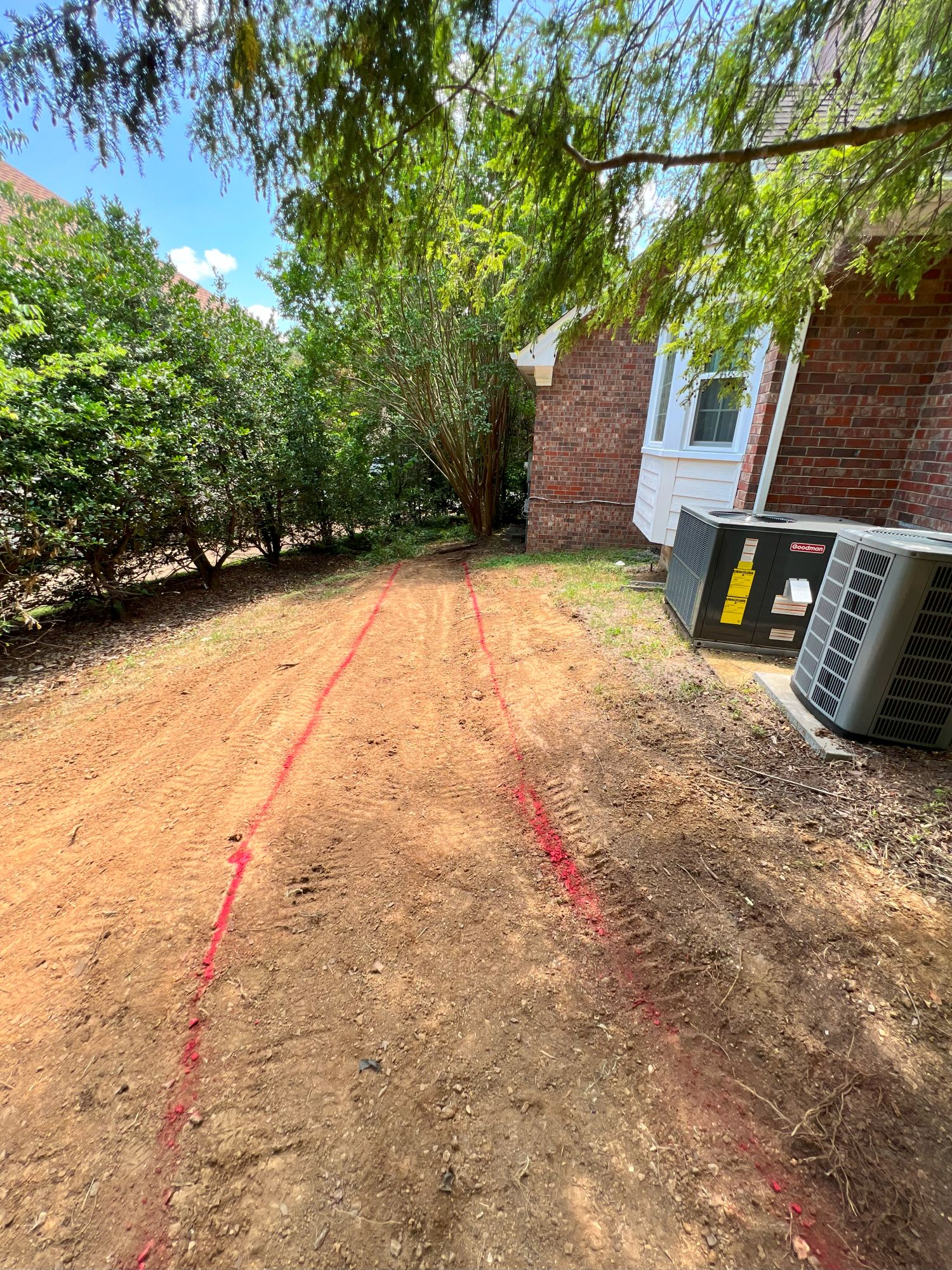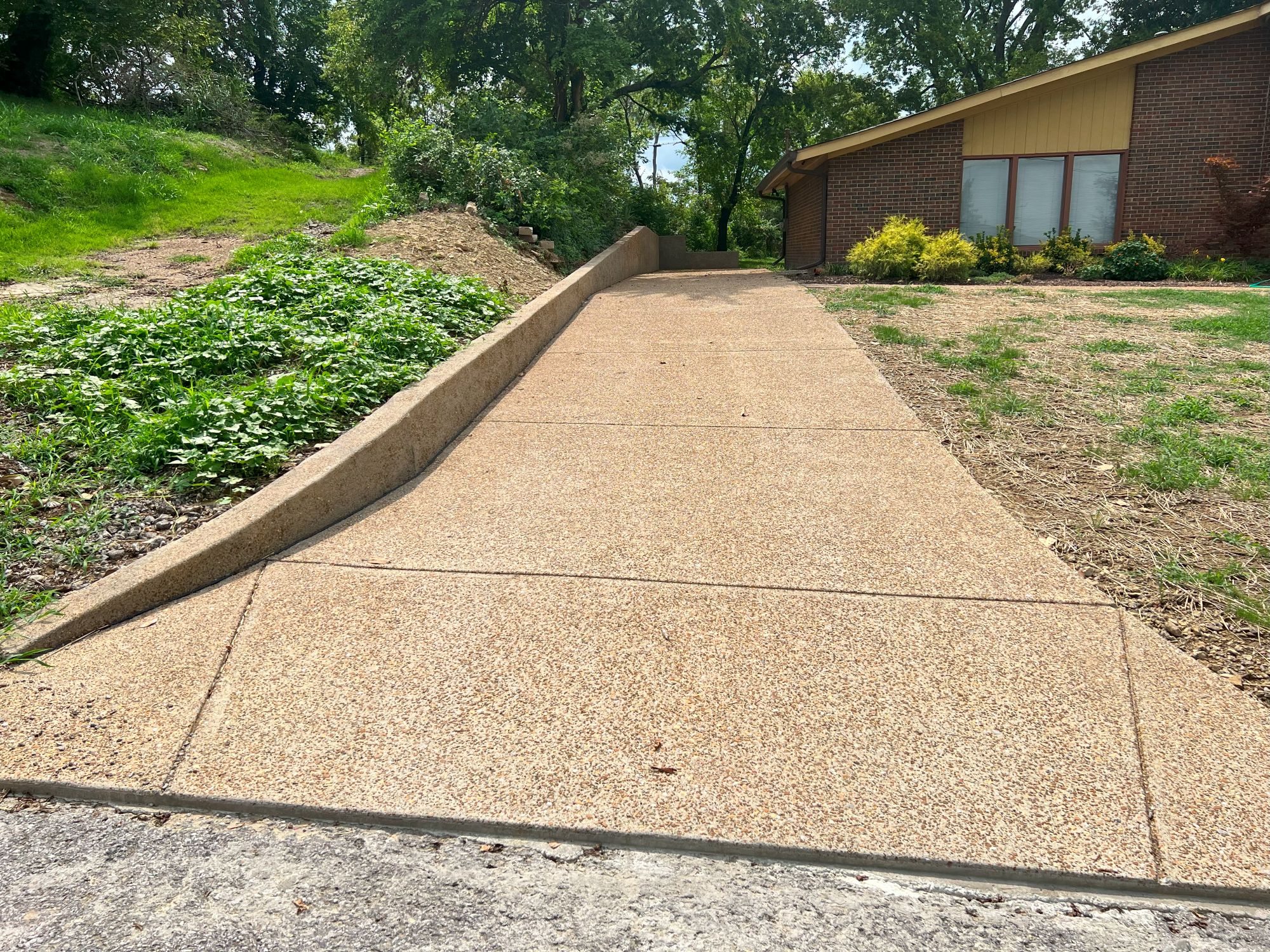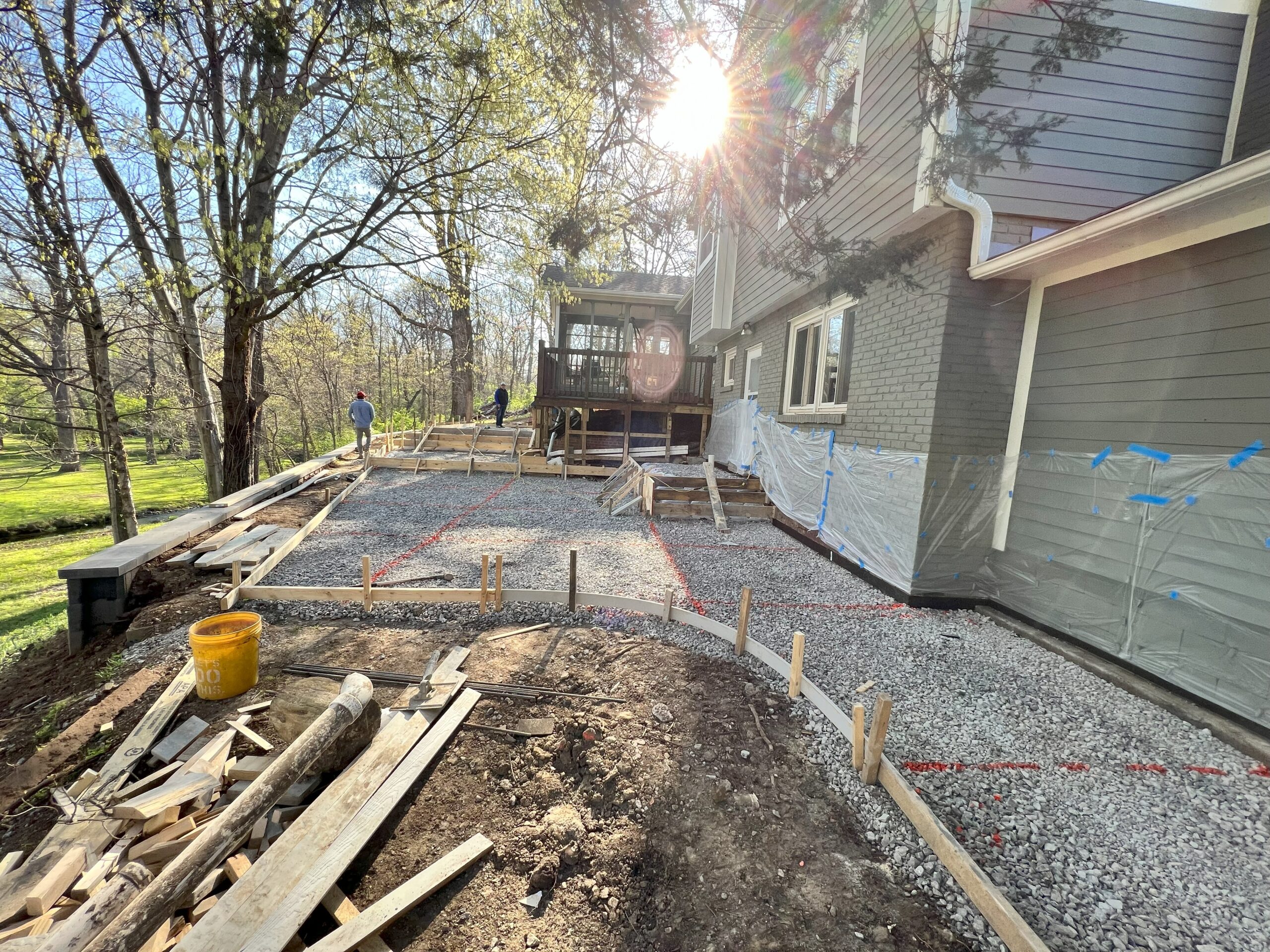Over the years, you may have noticed changes in the topography of your yard—soil washing away with each rainfall leading to a different or unlevel terrain. If you don’t have sufficient water drainage because of the makeup of your home’s property, this can result in something called erosion. Erosion is when dirt moves away from its location as water runs off in heavy or rapid ways, carrying the soil along for the ride. It can create unstable ground, affecting aspects of your home such as the foundation, driveway, or patio. Installing a retaining wall is a great way to prevent erosion from happening, and there are several options to build the structure.
What Materials Can Be Used to Build a Retaining Wall, and What Are the Differences?
One material for building a retaining wall is a type of block specially made for this type of project. The best retaining wall blocks are designed so that there is a small ledge on the bottom edge that sits just behind the block underneath it to help lock them in place. The blocks must be carefully laid, with the first row seated in the ground, on a footer to provide stability. The ground will need to be carefully evened prior to the first layer going down so that everything above it remains level. Each subsequent row should be offset from the last so that the blocks are set centered on the joining point of the two blocks below. No mortar is required with these retaining wall blocks, so they can be redistributed throughout the project if you find adjustments are needed. The size of the wall will dictate how many blocks are needed, but at around 20 pounds per brick, moving and installing them is a significant effort. Blocks are relatively strong and can be manipulated to curve along the contours of an area instead of having to be straight. They’re also pleasing to the eye, though they have a limited range of color options.
Another choice is using large stone pieces and stacking them to create a less uniform and more natural aesthetic. As with the block, these stones are laid in rows that are staggered, but since the stones are a variety of contours and sizes, it’s a bit less straightforward. Careful consideration and reevaluation while setting the stones are necessary to make sure the structure is sound. The type of stone used may dictate whether or not mortar will be needed, which adds a layer of difficulty to this installation. Stone needs a deep base within the ground that is secure enough to withstand the weight and pressure of the stacked materials. Stone is one of the most expensive options per square foot, so while it’s beautiful, it’s also costly.
Poured concrete is a third option, and it is one of the most common choices for building a retaining wall. It is strong and long-lasting against the elements, with a good track record for being able to do its job for years to come. It’s a cost-effective option for the material, but it’s best performed by professionals like Greenway of Nashville who are familiar with the required techniques. Mixing the ratios to get concrete the right consistency is a key consideration to its durability, and it is a labor-intensive installation. Heavy machinery including a concrete mixer may be required, which is not a tool for novice use. Like the other materials, a concrete retaining wall will also need to be securely seated in the ground at the beginning of the installation for long-term success.
What Material Is Best for a Retaining Wall?
The choice in material should be based on your climate, landscape, budget, and preferences. In our 15 years of experience, we find block walls holds the blue ribbon for being the best retaining wall material. In fact, the majority of the walls we build at Greenway of Nashville are made from pre-engineered blocks. We’ve learned over the years that these block walls are able to withstand the elements and perform its duty with few issues. Block walls are not only durable but are one of the least costly options when calculated by square foot. By increasing the curb appeal and value of your home, a retaining wall is not just functional but provides a return on investment.
“Work with skilled Nashville hardscaping and outdoor construction professionals who understand your vision and respect your schedule. Contact us for a free quote!”
What Are Some Tips for Installing a Retaining Wall Correctly and Safely?
All retaining walls need to be carefully considered in the planning phase—length, height, tiers, materials, and hazards should be accounted for. If you have a homeowner’s association, you should confer with them whether there are rules governing adding or changing structures in your yard. Local regulations may also be in place, and underground utility lines should be considered. Don’t forget that installing a retaining wall is heavy work; it’s a physical job that requires lifting, pushing, and pulling as well as a keen understanding of the construction process. For instance, if the area needing a wall is high, expert installers will know that tiers of walls are preferred in this scenario. Working with Greenway of Nashville will allow you to cover the bases for planning, safety, and convenience. After installing retaining walls all over the Nashville area for years, we understand the process well and can help you avoid costly pitfalls and mistakes, while freeing up your time to spend it doing something more enjoyable. Installing a retaining wall is best done in moderate temperatures; in the winter, the ground may be cold and difficult to dig to create the stable footing needed at the start of the installation. Timing is often key to getting the best possible outcome.
Most retaining walls should be backfilled with gravel to help with drainage of the ground, otherwise pressure builds up and could cause the wall to fail. Each wall should be built with drainage in mind, whether that means adding a French drain to the installation or building in weep holes as part of the wall so excess water in the ground can escape. Other secondary landscape drainage solutions like land grading may be combined with retaining wall installation to better combat excessive water accumulation and improve the longevity of the wall.
If you’re looking at your yard and wondering whether you need a retaining wall or what kind of material to use, we’re happy to lend our expertise and talk you through the considerations. Greenway of Nashville will provide you with a free quote while helping you weigh options. Contact us through our website or by calling us at (615)-238-4574 to get started on your next landscape project.
Read more content related to:

